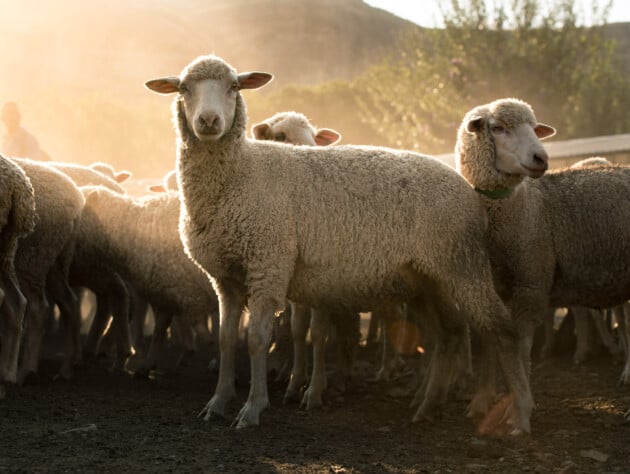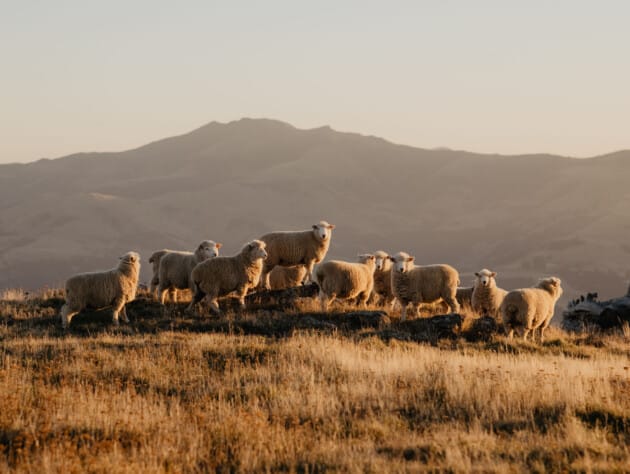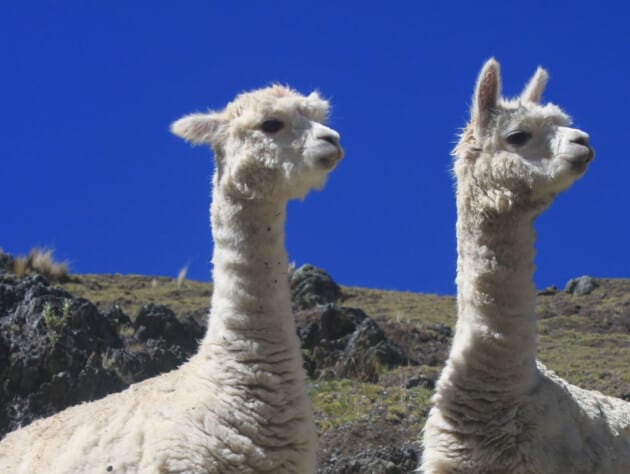Animal fibers and materials are popular natural choices for textiles.

Explore animal fibers and materials
They tend to have good insulation and thermo-regulating qualities as well as a high resistance to natural odors. They’re breathable, and this translates to keeping the wearer warm and dry. Animal fibers are also highly elastic, and therefore resistant to stretching, wrinkling, and tearing.
Animal fibers and materials in numbers
Tonnes of animal fibers produced in 2021
Wool’s share of the global fiber market in 2021
Down’s share of the global fiber market in 2021
SOLUTIONS
We’re aiming to improve animal welfare across the board.
We’re working to help the fashion and textiles industry switch to materials that have less of an impact on people and the natural world. For animal fibers, this means pressing the industry to raise its standards in respect of animal welfare, while preserving the health of the land.

Materials Production Dashboard
Get the latest data
You can access our latest data on production volume for animal fibers in our Materials Production Dashboard.

Get Involved
Help to lead the conversation
Frequently Asked Questions
If you have a question not answered here, get in touch with us directly, and we’ll be happy to answer it for you.
What do the Responsible Animal Fiber standards include?
The Responsible Animal Fiber standards include requirements for animal welfare, land management and biodiversity, and social responsibility.
Are there different standard requirements for different regions and farm types?
The Responsible Animal Fiber standards are global standards and can be applied to any region or farm type. The desired outcome is given for each section of the standards, but farmers can achieve the requirements in ways that suit their farming context.
Do I have to be a member to participate in the Animal Fiber or Leather Round Tables?
The Animal Fiber and Leather Round Tables are open to all, but we ask that you review and agree to the Terms of Reference when you sign up.
Where can I find certified the Responsible Alpaca Standard (RAS) fiber?
Some groups in Peru have become certified to the RAS, but at this early stage in the rollout of the standard, all certified fiber is already committed to buyers who pre-registered an interest and/or provided support for groups to certify. There are more groups working towards certification for the next shearing season which starts in November, but we don’t yet have estimates of the volume of fiber that will be available.